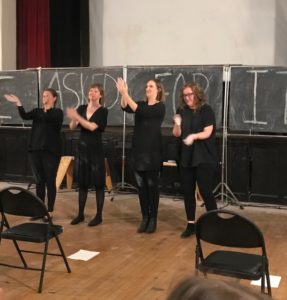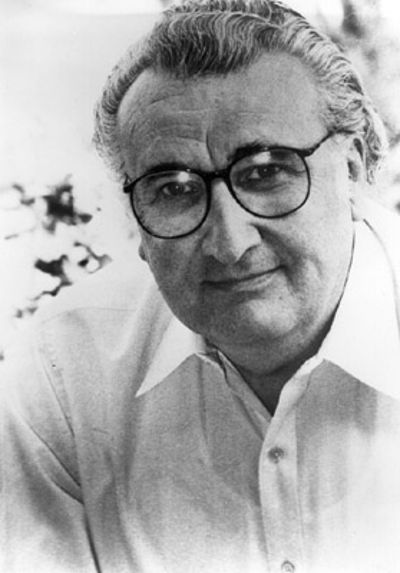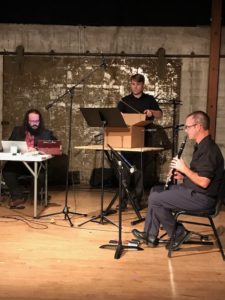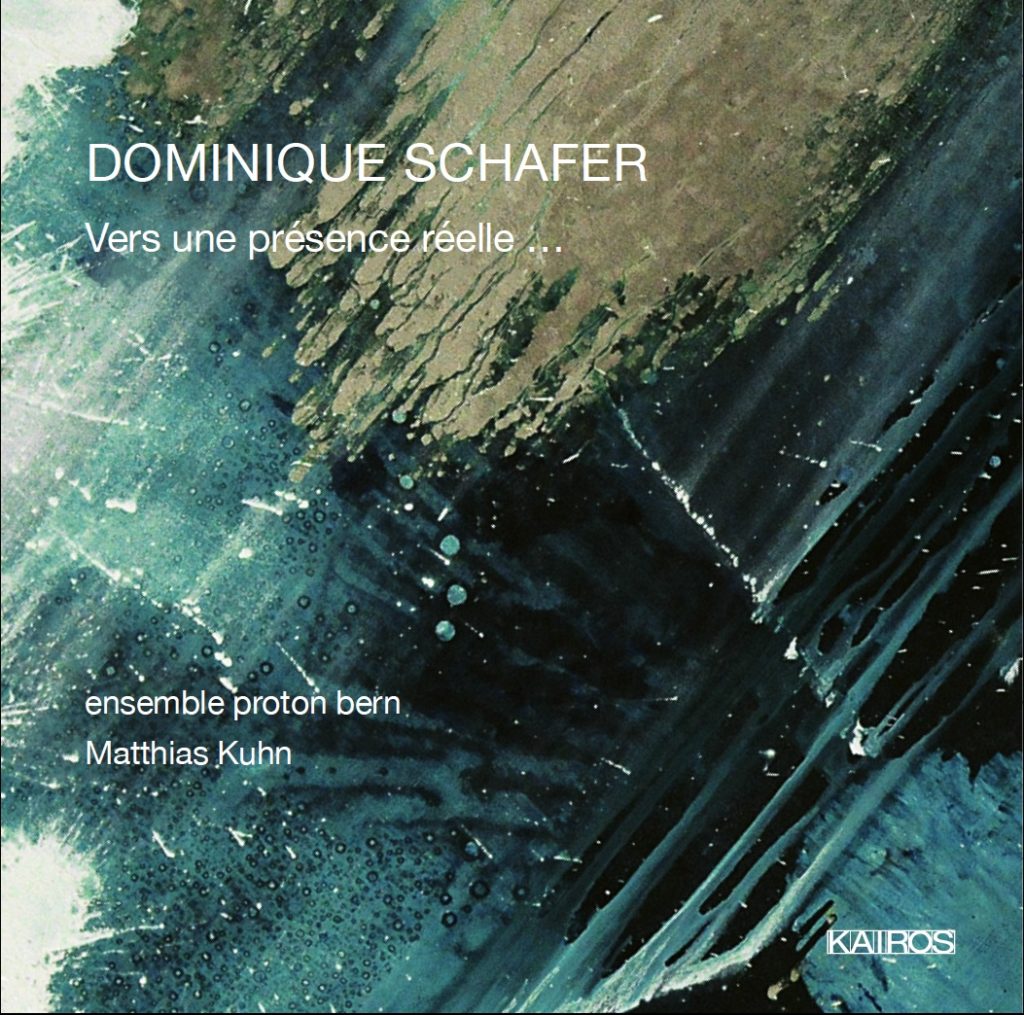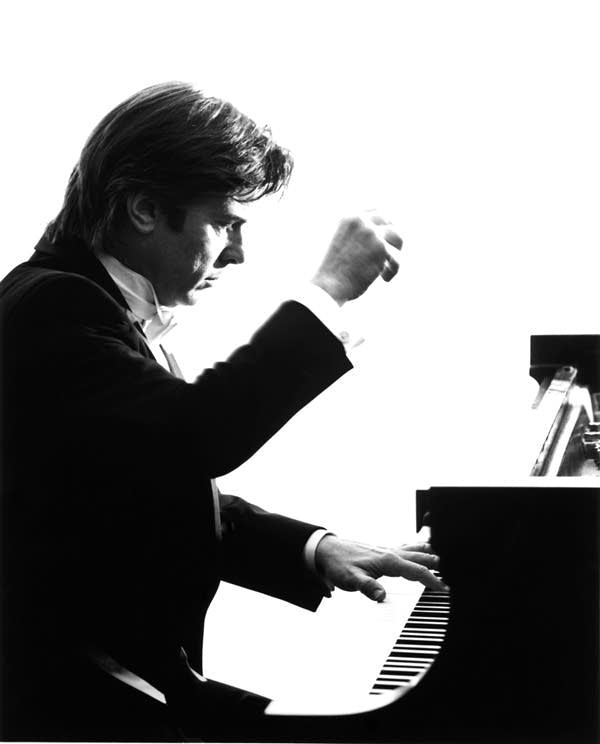
On October 25th, the recording Composers at Westminster (WCC19109) will be released via digital platforms. The program notes are below.
“Composers at Westminster”
The five composers featured on this recording are full-time members of the composition faculty at Westminster Choir College in Princeton, New Jersey. The programmed selections display a range of musical styles and works for different forces: three of the college’s choirs as well as voice faculty, pianists, and visiting string artists.
Stefan Young is not only a composer but an estimable pianist. He performs some of his own piano pieces from a musical diary called Thoughts for the Day: here we get a peek at his ponderings for January. Young also plays in Ronald Hemmel’s string quintet Night Moves, a work written to accompany dance. The Other World is Young’s choral setting of an ancient Egyptian text (in translation), performed by Schola Cantorum, conducted by James Jordan. Clarum Sonum, a group of recent graduates, contribute Jay Kawarsky’s setting of Rami Shapiro’s poem Unending Love.
Joel Phillips is represented by two Christina Rosetti songs, performed by voice faculty member Victoria Browers and pianist J.J. Penna, as well as a setting of William Blake’s beloved poem “Little Lamb,” performed by Westminster Choir, conducted by Joe Miller. Two of Christian Carey’s Seven Magnificat Antiphons are performed by Kantorei, conducted by Amanda Quist. They are settings of ancient Latin texts that traditionally are sung during Advent. Carey’s first of two groups of Jane Kenyon songs are also performed by Browers and Penna.
Composers at Westminster celebrates the creativity of its faculty. It serves as a document of just some of the many collaborations they regularly undertake with Westminster faculty and students and in the wider musical community.
-Christian Carey
Program
Stefan Young
- The Other World – 5:27
(text: Egyptian, 3500 BC, translated by Robert Hillyer, music by Stefan Young, Copyright 2018)
Westminster Schola Cantorum, James Jordan, conductor
Joel Phillips
2- Press Onward – 3:24
3- Sleep, Little Baby – 3:38
(poems by Christina Rossetti, music by Joel Phillips, copyright 1999)
Victoria Browers, soprano; J.J. Penna, piano
Christian Carey
Magnificat Antiphons
4-O Sapientia – 2:20
5-O Oriens – 2:45
(texts – 5th Century Latin, music by Christian B. Carey, GIA Publications, copyright 2019)
Westminster Kantorei, Amanda Quist, conductor
Ronald A. Hemmel –
6- Night Moves (Piano Quintet) – 10:55
(music by Ronald A. Hemmel, copyright 2014)
Leah Asher, Maya Bennardo, Meagan Burke, and Erin Wright, strings; Stefan Young, piano
J. A. Kawarsky
7- Unending Love – 3:41
(poem by Rami Shapiro, music by J.A. Kawarsky, copyright 2015)
Clarum Sonum, conducted by Rider Foster.
Stefan Young – Thoughts for the Day – January
(music by Stefan Young, copyright 2018)
8- Jan. 4. Vigorous – 1:52
9- Jan. 11. Driving – 1:43
10- Jan. 28. Slowly – 1:00
11- Jan. 31. Remembering Peter – 2:20
Stefan Young, piano
Christian B. Carey – Three Kenyon Songs
12- Song – 2:17
13 – Otherwise – 4:32
14- Let Evening Come – 4:13
(poems by Jane Kenyon used by kind permission of Graywolf Press,
music by Christian B. Carey, File Under Music, copyright 2019)
Victoria Browers, soprano; J.J. Penna, piano
Joel Phillips
15- Little Lamb – 4:09
(poem by William Blake, music by Joel Phillips, G. Schirmer, copyright 1997)
Westminster Choir, Joe Miller, conductor
Total timing: 54 minutes
Dr. Stefan Hayden Young is Professor at Westminster Choir College. He received a B.M. from Rollins College, certificates in harmony, piano, and solfège from the American School of the Arts, Fontainebleau, France, an M.M. in piano from the Juilliard School, and a Ph.D. in composition from Rutgers University. Commissions have included the Haverford Singers and NJMTA. He has written for various media including orchestra, band, choir, chamber ensembles, voice and piano, and a variety of solo instruments. He has also served as director of music and organist at a number of churches in New Jersey and on Martha’s Vineyard. At Westminster, Dr. Young is director of the Composition Week summer session, coordinator of the student composition concerts, and coordinator of the composers’ project with the Westminster Community Orchestra. In 2003, his Anthology of Art Songs was released on CD.
Joel Phillips is Professor at Westminster Choir College where he has taught since 1985. Phillips has received a number of commissions well as awards, the latter including annual recognition from ASCAP, the G. Schirmer Young Composer’s Award, and a BMI Award. His choral works are published by G. Schirmer, Inc., Transcontinental Music Publications, GIA, and Mark Foster Music (Shawnee Press).
Dr. J.A. Kawarsky is Professor at Westminster Choir College. He received a B.M. from Iowa State University, and an M.M. and D.M.A. from Northwestern University. He has written for all genres including solo instrument, orchestra, band, choral, vocal and theater. Prayers for Bobby. for choir, orchestra, narrator and soloists, has received numerous performances throughout the United States and Canada and was recorded by the New Jersey Gay Men’s Chorus and members of the Gay Men’s Chorus of Washington, DC. Iowa State University premiered the alto saxophone and orchestral winds piece, Fastidious Notes. 17 universities throughout the United States commissioned the symphonic band work Red Training Reels. The cantata Sacred Rights, Sacred Song has been performed throughout the USA and Israel. Navona Recordings released Kawarsky’s 2018 portrait CD, Spoon Hanging from My Nose. Yelton Rhodes Music, Transcontinental Music, and Southern Music publish his compositions.
Ronald A. Hemmel is Professor at Westminster Choir College. Dr. Hemmel received his B.M. in Music Education from Westminster Choir College, his M.M. in Music Theory/Composition and Organ Performance from James Madison University, and his M.Phil. and Ph.D. from Rutgers University. He is a Fellow of the American Guild of Organists. Before coming to Westminster, in 1994 he directed the music program at Woodberry Forest School. His compositions include works for solo instruments, voice and piano, choir, and both small and large ensembles. Several of his choral works are published by Yelton Rhodes Music, G.I.A. Publications, and Transcontinental Music Publications.
Christian Carey is Associate Professor at Westminster Choir College. He has created over eighty musical works in a variety of genres and styles, performed throughout the United States and in England, Italy, and Japan. Performances of his compositions have been given by ACME, Aspen Contemporary Ensemble, Atlantic Chamber Orchestra, C4, Cassatt String Quartet, Chamber Players of the League of Composers, loadbang, Locrian Chamber Players, Manhattan Choral Ensemble, New York New Music Ensemble, Righteous Girls, Urban Playground Chamber Orchestra, and Westminster Kantorei. His score for the play Gilgamesh Variations was staged at Bushwick Starr Theatre in Brooklyn, NY. For Milton, a flute/piano duo, has been recorded twice, for Perspectives of New Music/Open Space and New Focus Recordings.
